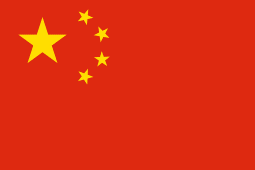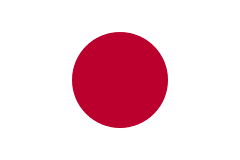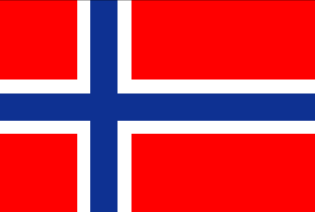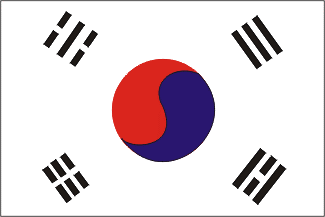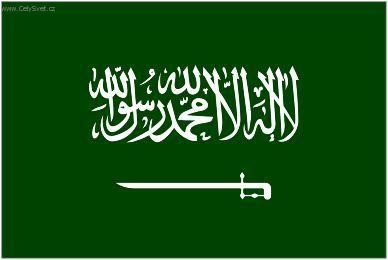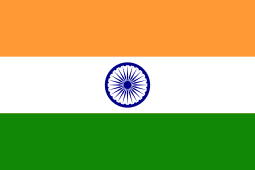
India
India has emerged as one of the fastest growing major economies in the world. It has transformed itself into a provider of development aid with a global development cooperation approach.
Bilateral Relations
Diplomatic ties between India and Nepal were established on 13 June 1947 and subsequently, in December 1947 India established its Embassy in Nepal.
The 1950 India-Nepal Treaty of Peace and Friendship compels both nations to acknowledge and respect the complete sovereignty, territorial integrity and independence of each other.
India maintains its Embassy at Lainchour, Kathmandu and Nepal has its Embassy in New Delhi. At present Mr. Vinay Mohan Kwatra is the 25th Ambassador to Nepal (November 2021).
Development Cooperation
Since the 1950’s, India has been assisting Nepal in its quest for prosperity and economic development. India’s initial assistance was channeled through the India Aid Mission, which was established in 1954 to support development projects across Nepal.
The first highway to link the Kathmandu valley with the Terai region was constructed with Indian assistance in 1953. Also, Nepal’s first six airports — at Gaucher (1951), Simara (1964), Janakpur (1964), Bhairahawa (1964), Pokhara (1964) and Biratnagar (1968) — were major landmarks in the initial years.
Other large projects, such as Koshi Barrage (1963), Devighat Hydropower and Irrigation Project (1983), and Bir Hospital in Kathmandu (1984) were also the key part of Indian assistance to its neighbor.
India’s Major Support to Nepal by Sector
The followings are the top five sectors of the Indian support to Nepal during the last five year.
- Health
- Drinking Water
- Local Development
- Road Transportation
- Education

Indian Aid Disbursement during FYs 2016/17 – 2020/2021 (in US $)
Over the last five year period beginning from FY 2010/11 to FY2019/20, India disbursed a total of US$ 340.8 million of ODA to Nepal. The flow of Indian ODA to Nepal gets the highest level, US $ 93.6 million in FY 2019/20 whereas the lowest level of disbursement during the five year period was US $ 56.7 million, just below an average annual disbursement flow of US $ 68.0 million.
During the last five year period Indian committed to provide US $ 294.7 million through separate agreements. In this course, the highest level of aid commitment, US $ 78.3 million, was made in fiscal year 2017/18. There is not direct relationship between the year of the agreement amount and year and disbursed amount though disbursement are made out of agreed amount.
|
Fiscal Year |
Agreement Amount |
Disbursement |
|
2016/17 |
51,118,616 |
59,259,430 |
|
2017/18 |
78,341,235 |
56,762,100 |
|
2018/19 |
77,131,230 |
58,944,224 |
|
2019/20 |
20,005,380 |
93,571,298 |
|
2020/21 |
68,157,689 |
72,320,905 |
Source: Aid Management Information System
Note: The Agreement Amount is not comparable with disbursement because disbursement here accounts for disbursement of each fiscal year only, whereas Agreement Amount refers to the project cost over the period (not only for single fiscal year but also beyond).
Development Cooperation Strategy
The Government of India has been supporting construction of Postal Highway, Optical Fibre Network, railway links, Integrated Check Posts and transmission lines at different locations near the border of the two countries.
Recognizing the historical and cultural relations between the two countries, India is supporting in the improvement of infrastructure and facilities at major pilgrimage and heritage sites such as Pashupatinath, Muktinath and Janakpur.
Government of India has been providing ambulances since 1994 to various districts of Nepal. In addition, it provides school buses to various health and educational institutions to facilitate the movement of teachers, students, doctors and nurses.
Updated
Social Sector/ IECCD
January 2022


